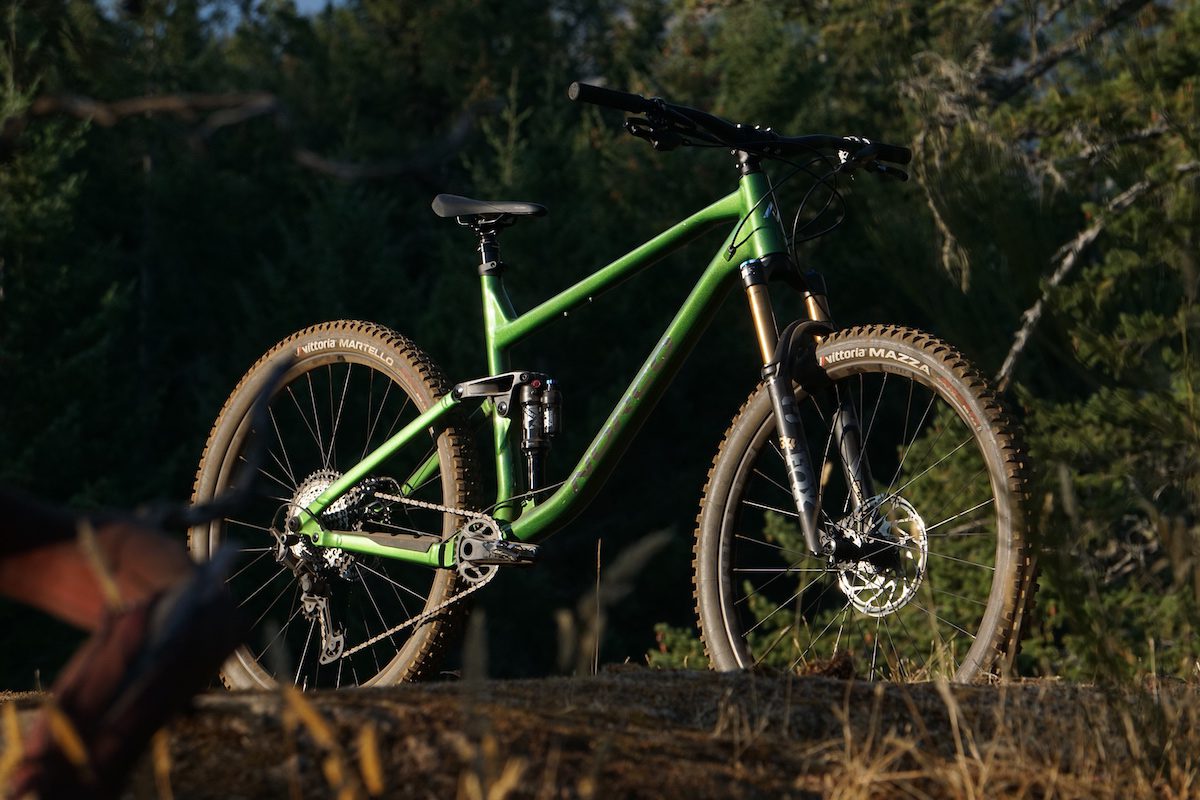Mountain bikes are always evolving but that progress is not always linear. In the endless search for a better bike, there are all kinds of side roads, diversions and good ideas on paper that didn’t quite pan out in the real world. These days, marketing copy promising “revolutionary change” is generally going to refer to an eMTB, while regular mountain bikes inch forward in more incremental improvements.
So, where is mountain bike design headed in 2023? Here are a few directions we see bikes moving.
“Clean” designs and integration
This ball was already rolling in 2022, but it’s just picking up speed. More bikes showed up with concealed shocks, integrated dropper posts, bar-stem combos and headset cable routing. Who knew headset cable routing would catch on? Why is this happening? Well, road biking borrowed heavily from mountain bike technology over the last decade (disc brakes, gravel suspension, etc.). Now it is mountain bike design following road bike trends. Road is seeing tech like lights and computers integrated. Who knows what direction mountain bikes will go in.
The upside is that bikes look really clean when you hide the cables in the frame. Downsides include much more complicated servicing and, often, higher costs.
The return of good affordable bikes?
Mountain bikes are getting expensive. Really expensive. But they don’t have to be. Norco’s Fluid FS showed you can make a really good bike for a reasonable price. It’s not the only affordable performance bike out there but with the attention that bike received we think (and really hope) more brands will follow suit with similar bikes of their own.
More stratospheric prices
The flip side is that top-end bikes are still – somehow – getting more expensive. Scott, for example, just released an astronomically rich USD 14,000 Scale, which is just a hardtail cross country bike. Integration is expensive, especially when it requires high-tech electronic suspension parts. And, as all kinds of components look for a way to set themselves apart by doing something flashy and “new,” each part on the bike gets more expensive.
This doesn’t just have an effect on top-end bikes, either. Those prices get normalized and can drag up mid-range prices. When SRAM releases GX AXS it referred to the wireless drivetrain as a more affordable “entry point to the future”…
Click Here to Read the Full Original Article at Canadian Cycling Magazine…





